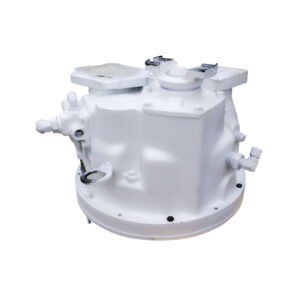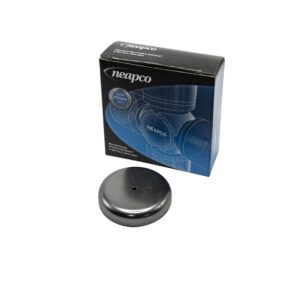The Underbody and
Power Transmission Specialists
In Business Since 1982
12+ Workshops Nation-wide
Leading Supplier of Aftermarket Parts
R&D of Our Own Products
Markets
Driveline Services and Parts
Wide range of Driveline Services and parts for all Driveline Markets
Product Range
Explore the range of Driveline Services and parts for all Driveline Markets
Light Fleet & 4WD
Light Fleet & 4WD
Off-Highway Parts
Off-Highway Parts
Complete Driveshafts
Complete Driveshafts
Client Reviews
"Only place I recommend for driveshafts as they rebuilt my xr6t shaft back together with a quick turn around, genuine parts quality repair. Thanks boys will be back again I'm the future."
Steven Zinko
"I can’t thank them enough for sorting out the problem that I had. Support our local businesses the more we do the longer we get such quality work at a fantastic price and doing custom made orders. A 5 Star rating isn’t high enough."
Grahame Rosewarne
"The guys were very patient, helpful and transparent about costs. Also offered the best quote and did a flawless job rebuilding my differential. Will definitely use again."
Elmer Philtrip
"Shane provided some of the best advice and customer service I have experienced in the Service Industry for a long time and I highly recommend Driveline Services as a supplier."
David Irving
"I have had both my car's fixed at driveline when other mechanics couldn't even tell me what was wrong with them. Highly recommend there work."
Jax Wilson
"...Fully repaired with new slip joints and uni's, balanced and ready in 24 hours. Exceptional service. Thank you."
Harley Borkowski
"Very happy with the job the guys done for me great service and friendly staff, my old ute has a new lease of life."
Peter Sellers
"Totally recommend for all your mechanical needs!! Well done to the people at driveline massive appreciation will be back."
Ryan James
"These guys are great! Super helpful, honest and professional. Helped me out HEAPS and got me on the right track to sort out my driveshaft issues."
Stephen Barrett 











